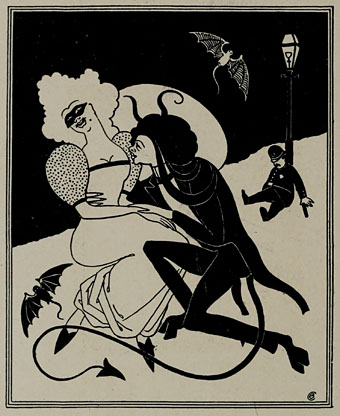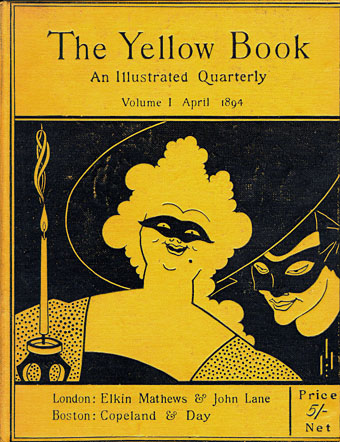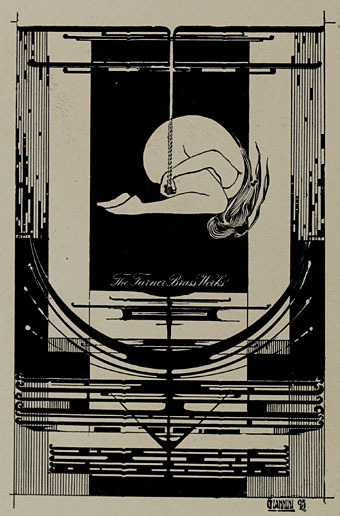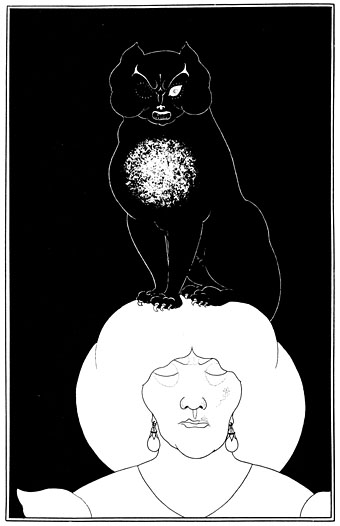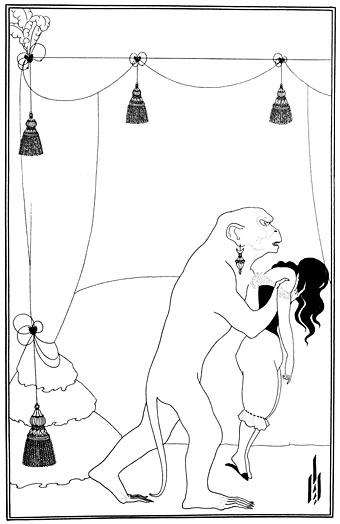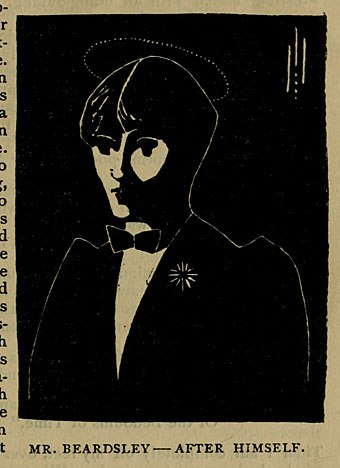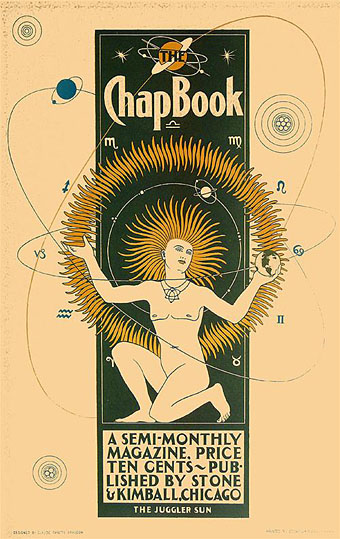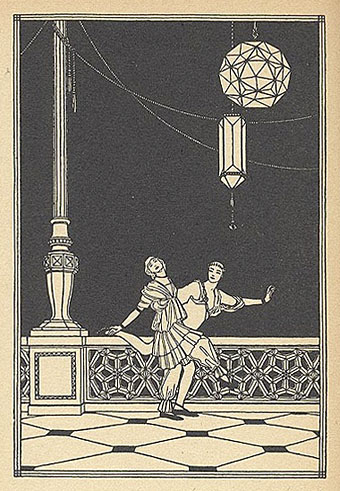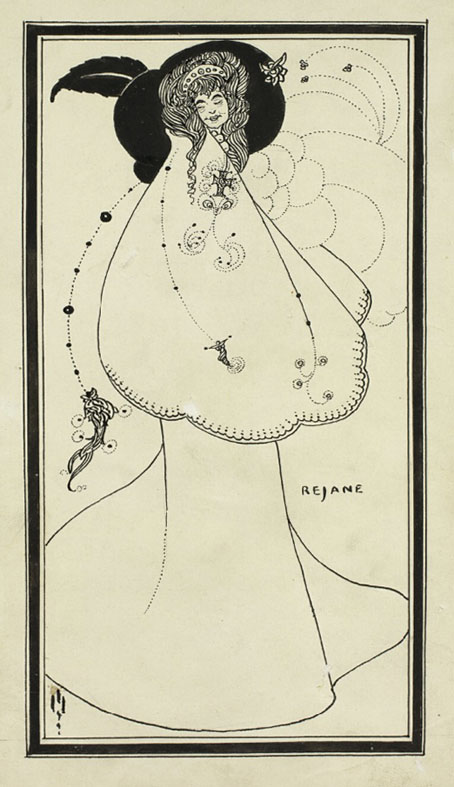
It’s surprising to find such blatant examples of fraudulence on a major museum website yet here we are with 13 poor attempts at the Beardsley style credited by the Art Institute of Chicago to “Imitator of Aubrey Vincent Beardsley”. Imitators usually sign their work with their own names, not with the name of the artist being imitated, the description required here is “faker”. As Beardsley imitations go, these examples aren’t as clumsy as some of the Nichols fakes; they’re also not as widely disseminated but then Nichols published a book of his attempts. Chicago just happens to be the home of a group of Beardsley’s contemporaries led by Will Bradley who championed the Beardsley style in The Chap-Book. There’s the vague possibility that these drawings may have been the work of a Chap-Book artist (the Art Institute site offers no information) although Bradley himself can be ruled out, he was a much better artist than this.
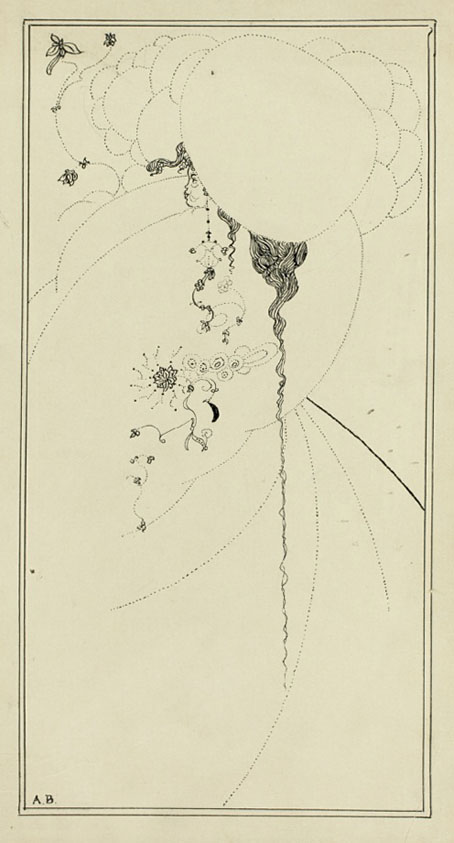
Elsewhere on { feuilleton }
• The Aubrey Beardsley archive

